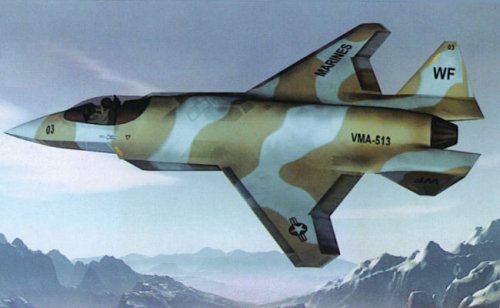If they were going to limit the speed it would be M=1.8, not 2.3, due to material limitations. If you're flying off of a carrier, high supersonic speeds and long range tend to work against each other, unless you're using variable geometry (See: F-14). Now that they have seen how much the F-35 costs, not just to purchase, but also to operate, though they haven't really said why they're cutting their buys of F-35Cs, it seems the Navy has decided that the airframe doesn't need a lot of stealth if it operates farther away from "the fight" and uses it's systems and weapons to perform more of the work. I would say missile-leer, but it seems that is sort of how they plan to use the F-35C and when it's out of missiles, it becomes a mini-AWACS.
It seems to me that what they, the U.S. Navy, are pushing for, with their experience from operating the EA-18G, is a more refined version of the Growler, with all of the EW systems built in and tied in with the weapons system. I'm thinking one step up on stealth from the EA-18G, sort of the uprated stealthy super hornet Boeing was studying in terms of LO, but performance closer to that the JASDF is looking at in their latest iteration of their new fighter. They stated that they found efficiency for loiter was more important than supercruise and have made the requisite trade-off. It will still be maneuverable, but not unnecessarily so; i.e., it won't need to fly a COBRA maneuver, since that only wins the air show war, not a real war. It will have supersonic capability IMHO, just no need to be supercruise. Which makes me wonder what type of engine they will need as they wouldn't need thew cost and complexity of a variable bypass engine as much, unless they are just using to to optimize the subsonic sfc during loiter. I don't know that that would be worth it, though.
I guess, what they're looking for based on what I've said above is a less costly F-35C, with better supersonic performance, in terms of supersonic interception, but no need for supercruise. At least that's what they seem to be saying to me. Does this mean they will be buying a Super Super Hornet? i.e.- A design that has the aerodynamic capabilities of the current SH, but with a better fuel fraction, slightly better LO, and F-35 avionics?

